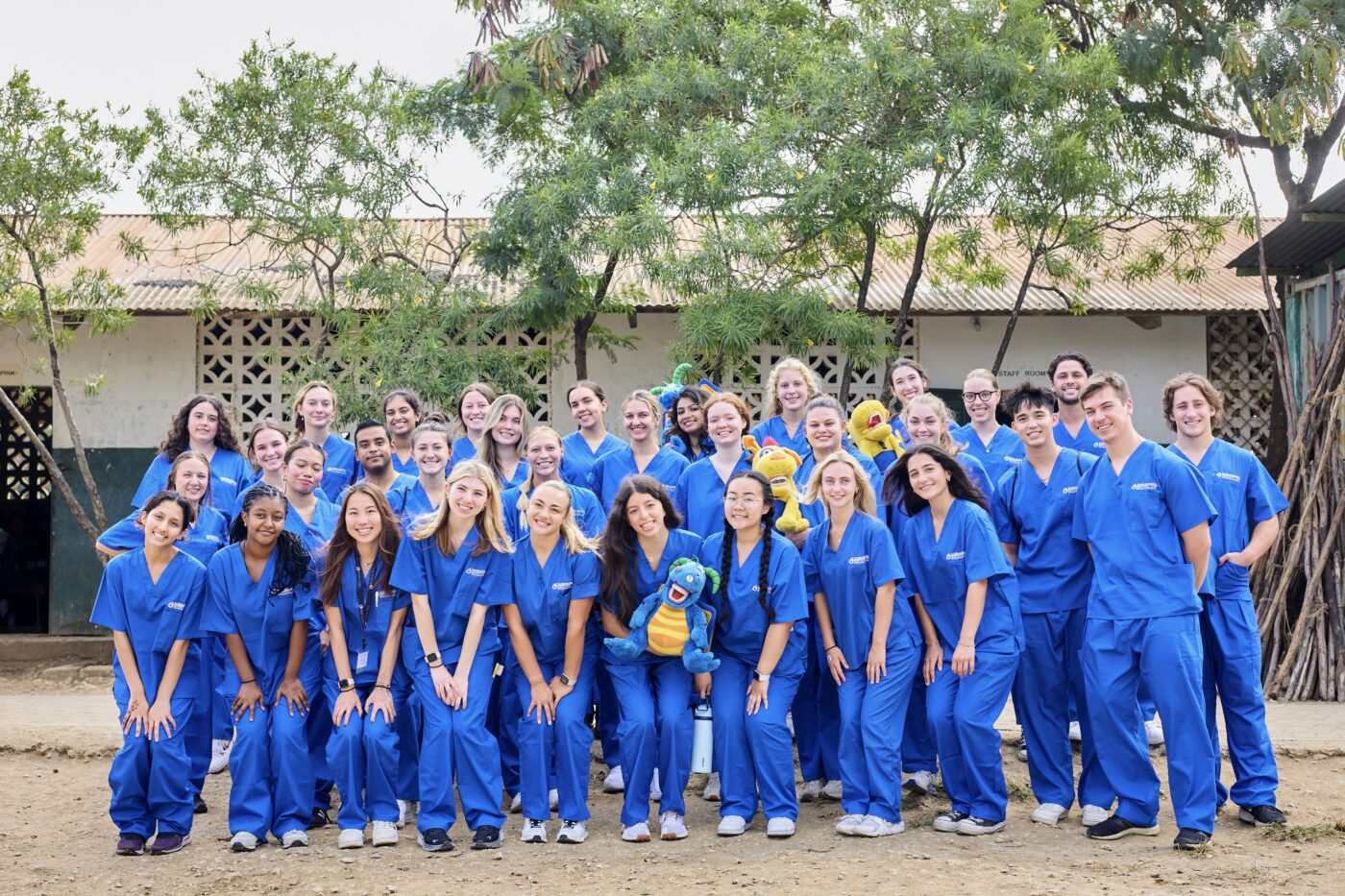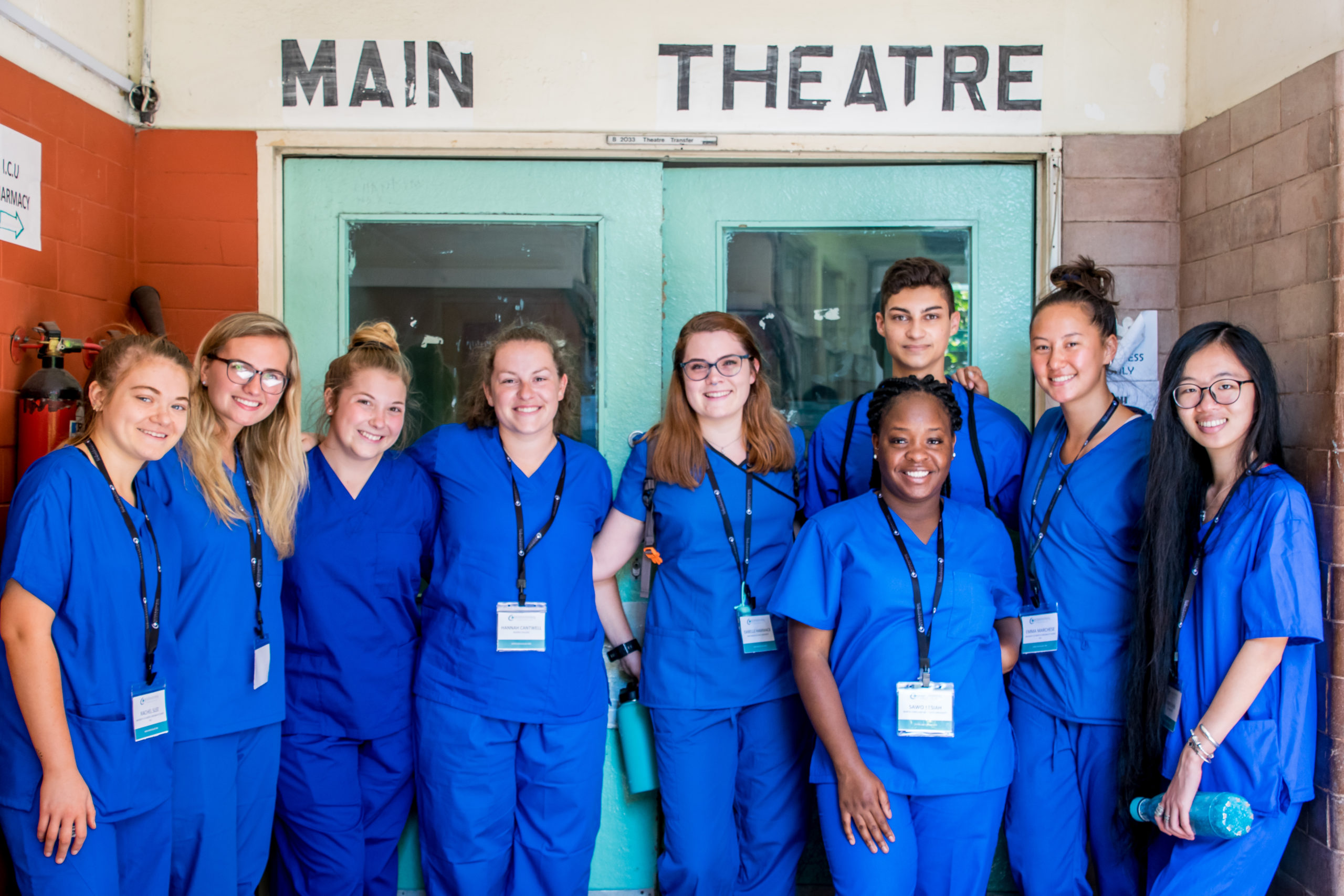Radiologist’s vs Radiographers: Learn The Difference
Radiologists and radiographers play an important role in issues regarding patient diagnostics and testing. The Cancer Treatment Centers of America describes radiologists as doctors trained to read and interpret imaging scans while radiographers are medical technicians who assemble and perform diagnostics imaging tests. The tools used by radiographers regularly include:
- X-rays
- MRIs
- Ultrasound
- Fluoroscopy
- PET scan
- CT scans and other devices
The information interpreted by a radiologist can be used to diagnose and treat various illnesses and injuries. The diagnostic imaging tests and outcomes obtained by radiographers are normally passed on to radiologists for interpretation and further guidance. Radiographers are normally involved in cancer treatment, especially where radiotherapy is required.
Radiologists and Radiographers Educational Requirements
The education requirements for radiology-trained physicians are extensive and long-drawn. According to Study.com, an aspiring radiologist must first complete a bachelor’s degree program, then attend a medical school and complete a residency program. Some prerequisites needed in medical school include chemistry, physics, and biology.
At the medical school, the student will complete classroom education and perform clinical rotations in specialty fields such as internal medicine, pediatrics and psychiatry. A residency program that combines paid job training and specialty medical education awaits the student upon graduating from medical school. The radiologist must obtain licensure to practice medicine.
The radiologists working in the US are certified through professional organizations such as the American Osteopathic Board of Radiology (AOBR) and the American Board of Radiology (ABR). To become a radiographer, a student needs to embrace mathematics and science classes right from high school. The entry level for professionals is either a certificate or an Associate’s degree.
Students and professionals pursuing a bachelor’s degree can major in either radiography or sonography, before moving on to gain additional exposure once they start clinical practicums and rotations. The licenses offered to radiographers are tightly regulated at the state and federal levels. One of the leading credentialing organizations in America is the American Registry of Radiologic Technologists (ARRT).
Education Cost
Radiography program costs vary by institution and residency status (in-state vs. out-of-state). According to recent data, Mayo Clinic College of Medicine and Science reported a radiography program cost of approximately $25,000 in 2024, covering tuition, uniforms, books, and board exams.
Top U.S. radiology schools, as ranked by U.S. News, include Johns Hopkins University, Harvard University, Stanford University, the University of Pennsylvania, and the University of California, San Francisco. Tuition at these institutions ranges from approximately $39,000 to $68,000 annually. Scholarships and financial aid are commonly available to offset these expenses.
Job Responsibilities
Radiographers and radiologists work together in public and private practices, clinics and hospitals. According to Job Hero, here the main functions and responsibilities of radiographers and radiologists:
Radiologist Duties and Responsibilities
Radiologists perform the following functions and responsibilities targeted at diagnosing and treating patients:
- Interpreting test results – once a diagnostic result is received from a radiographer, the radiologist uses their knowledge and skills to make appropriate diagnostic. The imaging results can be used to treat various ailments, including cancer and cardiovascular issues.
- Consulting with the peers and the entire medical team – the results obtained by radiologists are normally communicated to primary physicians working with patients and other healthcare staff. This information can be handed over in writing and conversation.
- Performing diagnostic imaging procedures – radiologists working in the healthcare setting perform critical diagnostic procedures using equipment such as CT scans, X-rays, ultrasounds and MRIs. The report gathered is the forwarded to doctors to help diagnose illnesses.
Important Skills
Radiologists need a good sense of organization to perform various tasks demanded in a healthcare setting. The skills needed to perform the job effectively include interpersonal skills, communication skills, and more importantly, proficiency in general radiology techniques.
Radiographer Duties and Responsibilities
The following key duties are performed by medical radiographers:
- Administering radiation treatment – radiographers usually apply their expertise to assist oncologists deliver much-needed radiation for the treatment of cancer patients.
- Performing specialized radiography – the diagnostic imaging services provided by radiographers often focus on specific areas of treatment, i.e. mammography, computed tomography (CT), fluoroscopy, nuclear medicine and bone densitometry.
- Interacting with patients – besides obtaining diagnostic imaging, medical radiographers can help the physician prepare patients undergoing different procedures. The expert will explain the procedure, address patients concerns, supply required gear and compile the patient’s medical history.
- Maintaining equipment – radiographers have specialized training and knowledge to take care of imaging equipment and ensure the same equipment stay in good shape. The preparation work is vital in helping radiographers capture good quality images of patents.
- Offering support during surgery – the support offered by medical radiographers during surgeries has a huge bearing on the treatment outcome. For instance, when the surgeon is performing an invasive surgery, he or she will require medical imaging to better analyze the patient’s body.
Important Skills
The skills needed by medical radiographers to work effectively in a healthcare setting include: critical thinking, technical expertise, medical knowledge, people skills and calm demeanor. In the course of work, radiographers often use protective gear, medical imaging equipment and computer software to update patent records.
Salary (Updated 2025)
Most radiologists and medical radiographers work in the public and private hospital settings. However, there is also a good number that work in private practices and clinics. Radiographers earn an average annual salary of approximately $72,000, with hourly rates around $24–$34 depending on experience and location.
Radiographers:
- Average Annual Salary: $73,410
- Hourly Rate: Approximately $35.29
- Lowest 10%: Less than $50,020
- Highest 10%: More than $102,380
These figures indicate that radiographers’ salaries can vary based on factors such as experience, location, and specialization. According to PayScale (2025), the average annual salary for radiologists has increased significantly. Current figures are:
Radiologists:
- Average Annual Salary: $353,247
- Salary Range:
- 10th Percentile: $115,000
- 90th Percentile: $506,000
- Typical Bonus: $5,000–$81,000
(Salary data source: PayScale Radiologist Salary Report 2025)
Radiologists and Radiographers: Long-term Career Path
Radiologists are physicians trained to use varied imaging technologies. The radiologist skills are broadly divided into three specialties; Interventional, Diagnostic, and Radiation Oncology. Whereas the diagnostic is concerned with imaging and disease diagnostic, Interventional specialties targets treatment and diagnosis using specialized imaging technologies.
The radiation oncology is primarily focused on the treatment of cancer and cancerous conditions. A report by The Bureau of Labor Statistics (BLS) show the job prospects for the radiologist is slated to grow steadily over the next 10 years. The prospects are especially higher for trained specialists. Below are some of the most popular sub-specialties of radiology:
- Neuroradiology
- Thoracic imaging
- Cross-sectional imaging
- Genitourinary radiology
- Breast imaging
Radiographers often work closely with physicians in outpatient clinics and emergency rooms. These experts can apply diagnostic or therapeutic radiation to diagnose and treat injuries or illnesses. Diagnostic radiography involves using radiation to probe the underlying condition, while therapeutic radiography involves using different radiation to contain disease.
A skilled radiographer can become a sonography specialist, consultant practitioner, and radiography team leader. Obtaining additional training and skills can help a radiographer perform counseling and palliative care and advance their careers in research and teaching.
Students interested in pursuing a promising career in radiography and radiology can apply for an internship program with us. A team of seasoned experts is available to offer guidance and support as you pursue this new career path!





